California Condor || Description, Characteristics and Facts!
The California condor (Gymnogyps californianus) is a New World vulture and the largest North American land bird. It became extinct in the wild in 1987 (all remaining wild individuals were captured), but has since been reintroduced to northern Arizona and southern Utah (including the Grand Canyon area and Zion National Park), the coastal mountains of central and southern California, and northern Baja California. Although four other fossil members are known, it is the only surviving member of the genus Gymnogyps. The species is listed by the IUCN as critically endangered.
The plumage is black with patches of white on the underside of the wings; the head is largely bald, with skin color ranging from gray on young birds to yellow and bright orange on breeding adults. Its 3.0 m (9.8 ft) wingspan is the widest of any North American bird, and its weight of up to 12 kg (26 lb) nearly equals that of the trumpeter swan, the heaviest among native North American bird species. The condor is a scavenger and eats large amounts of carrion. It is one of the world's longest-living birds, with a lifespan of up to 60 years.
Condor numbers dramatically declined in the 20th century due to poaching, lead poisoning, and habitat destruction. A conservation plan was put in place by the United States government that led to the capture of all the remaining wild condors which was completed in 1987, with a total population of 27 individuals. These surviving birds were bred at the San Diego Wild Animal Park and the Los Angeles Zoo. Numbers rose through captive breeding and, beginning in 1991, condors were reintroduced into the wild. Since then, its population has grown, but the California condor remains one of the world's rarest bird species: as of 2019 there are 518 California condors living wild or in captivity.
The condor is a significant bird to many Californian Native American groups and plays an important role in several of their traditional myths.
-
 1:45
1:45
KERO
1 year agoSaving the California condor from extinction
77 -
 2:08
2:08
KGTV
1 year agoCalifornia Condor celebrates 40 years saved from extinction, still endangered
7 -
 6:21
6:21
factsforkids3378
8 months agoCalifornia State Facts For Kids
-
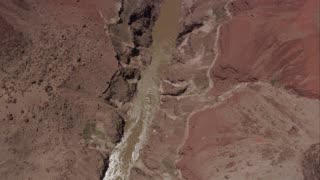 1:34
1:34
DocumentariesBrainFood
1 year agoFlight Of The Condors, Fly Through The Grand Canyon
10 -
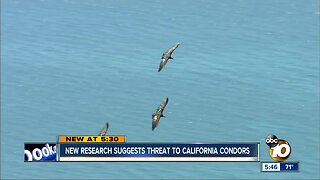 1:56
1:56
KGTV
4 years agoNew research suggests threat to California condors
7 -
 8:40
8:40
CigarObsession
2 years agoCorona Cigar May Features
5731 -
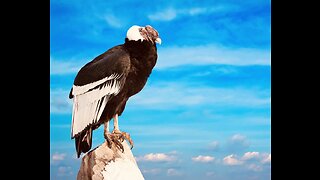 1:08
1:08
TOJ144
1 year ago5 Fun Facts About The Andean Condor
3 -
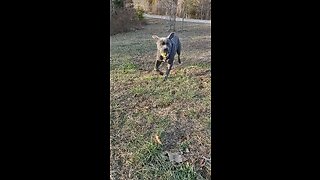 2:32
2:32
SuperAxiom
1 year agoCane Corso Identifies as Labrador Retriever
5 -
 2:14
2:14
KERO
1 year agoNew research helps save California condors
3 -
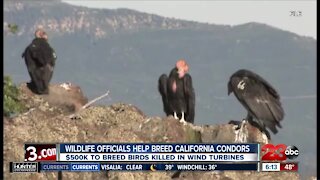 1:21
1:21
KERO
3 years agoWildlife officials help breed California condors, $500K to breed birds killed in wind turbines
333